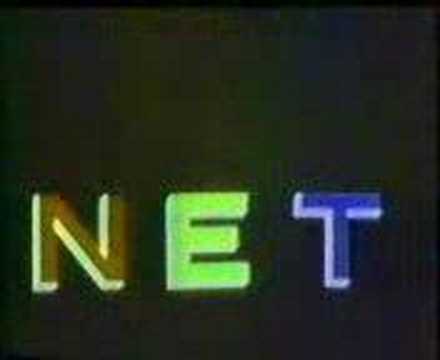The Indiana University Libraries Film Archive (IULFA) contains more than 46,000 historic educational films, making it one of the most extensive collection of such items in existence. IU was one of the major university-based distributors of educational films from the 1930s to the 1990s, but unlike many of its contemporaries it maintained the majority of its collection, now preserved in the Ruth Lilly Auxiliary Library Facility (ALF).
The collection spans much of the Twentieth Century, including a large of number of pre-World War II, career training, and U.S. Department of War films. A large chunk of the collection — more than 5,600 films — were produced by the National Educational Television (NET) network, the precursor to the Public Broadcasting Service (PBS).

NET got its start in 1952 and functioned as an “exchange center” that collected the grassroots productions of local TV stations from across the country as sort of an aggregator for public programming. The programs were educational in nature, featuring children’s shows (Fignewton’s Newspaper and Sing Hi – Sing Lo) parenting advice (Children Growing), and artist spotlights (the Creative Person series) to name just a few.
Below are two episodes from the Creative Person series — one about animator Richard Williams and the other about Fred Rogers. Both of these titles are held in the IULFA collection.
http://video.google.com/videoplay?docid=4521253840921599093
Production values, intended audience, and popularity varied greatly from program to program, which led the Ford Foundation, who had invested over $130 million between 1952 and 1966, to begin to withdraw funding, sending NET looking for funding from the federal government. The Corporation for Public Broadcasting (CPB) was created in 1967, which served to manage the content created by stations and, eventually, the creation of PBS.
NET was the original home of Mister Rogers’ Neighborhood and Sesame Street, which became staples for PBS. Stations like KQED in San Francisco and, WQED in Pittsburgh, and KETC in St. Louis were among the stations which provided the content for NET between 1952 and the early 1970s, when the NET distinction gave way to PBS.
The IU Libraries Film Archive not only holds prints of the completed programs but also a number of film elements that went into the production of them. By preserving the fully edited productions as well as the components which became the final product, these historic films — the ancestors of today’s public broadcasting system — stand a much better chance at surviving for several generations of researchers and the public interested in a glimpse at the roots of America’s television programming system.
~Jason Evans Groth